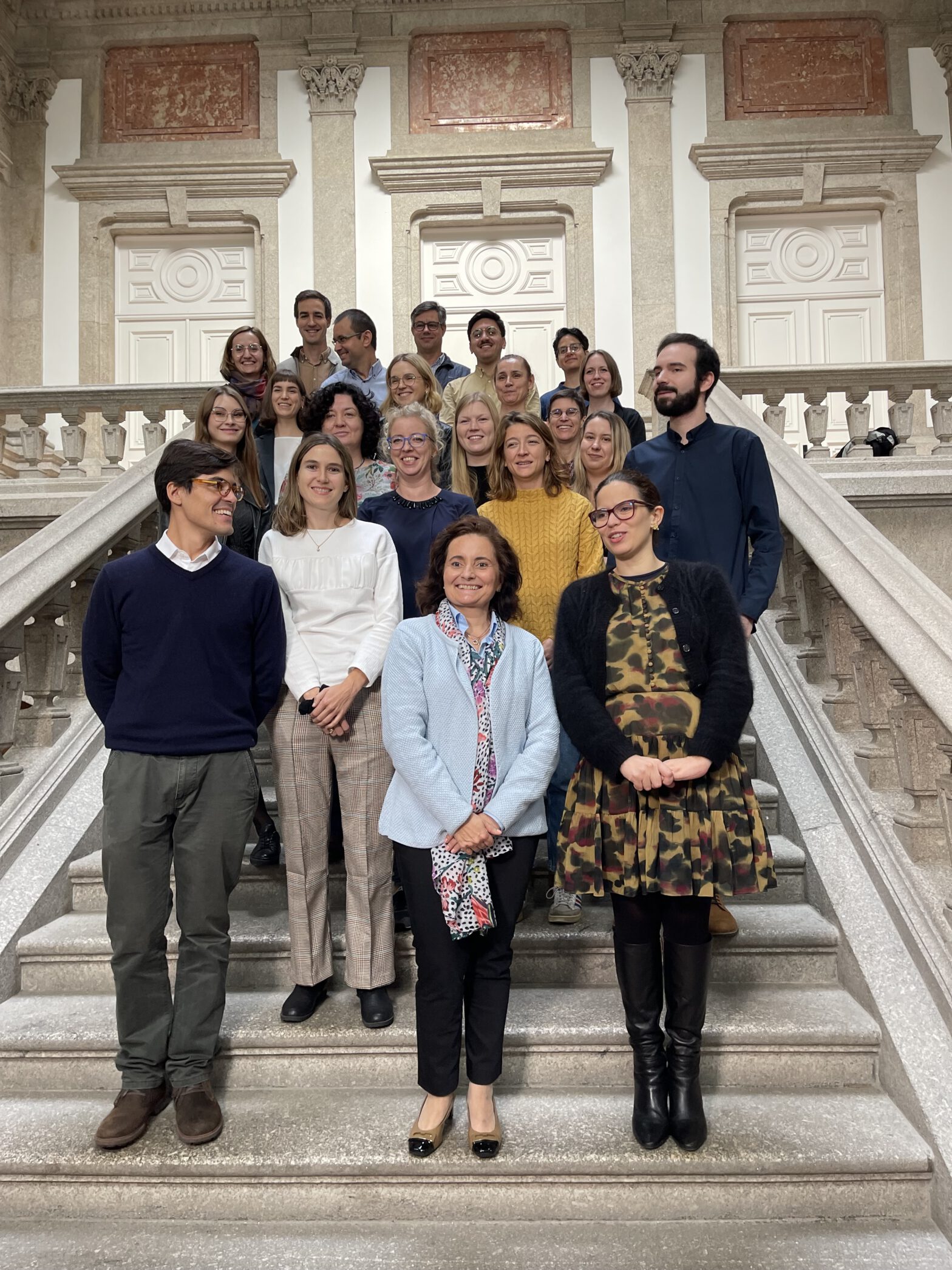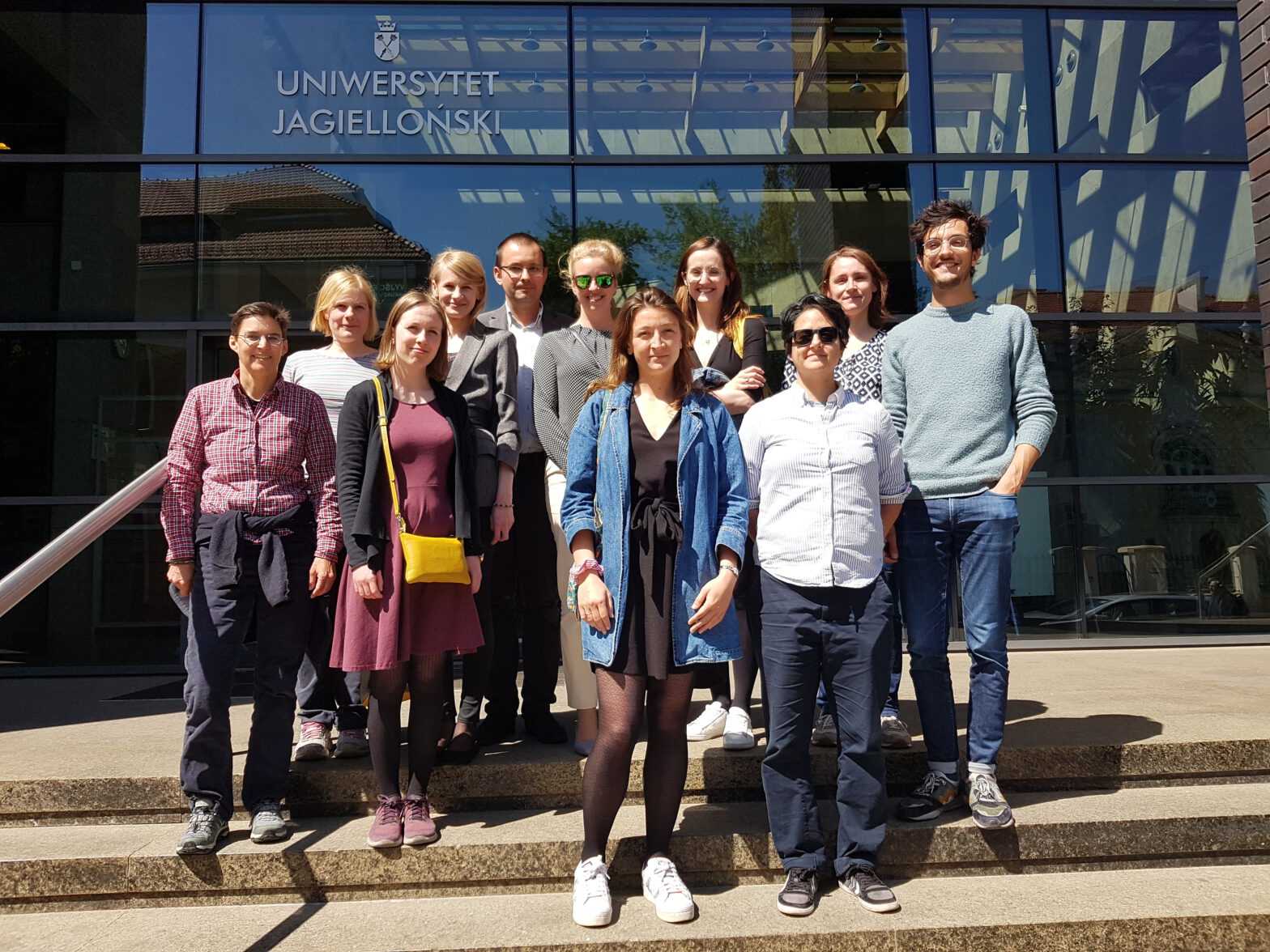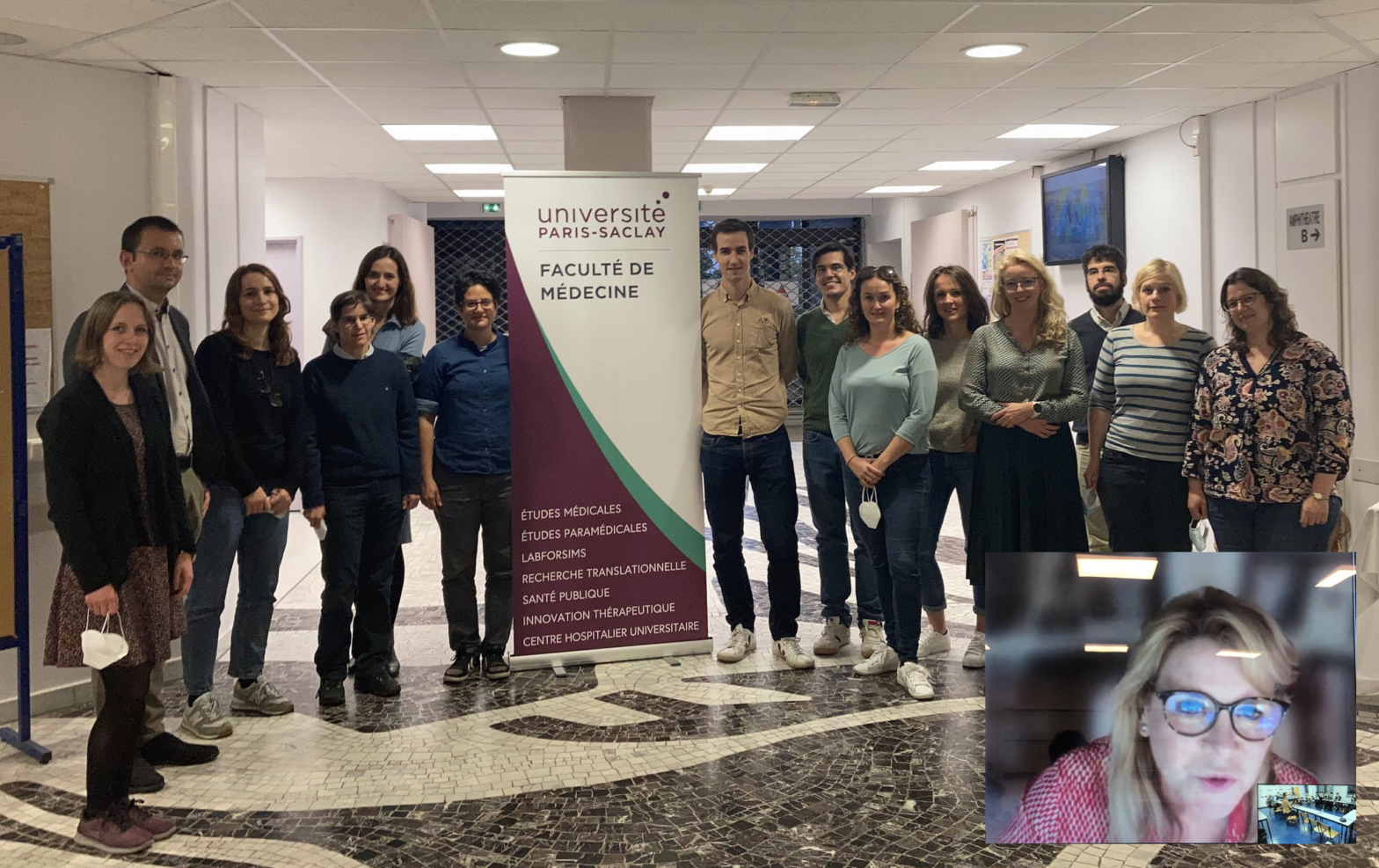On November 9th and 10th 2022 our partner from the beautiful city of Porto organized a hybrid project meeting. We started on day 1 with an opening by our hosts followed by a project overview, and an award ceremony for the achievements of our virtual patient authors. OUr hosts then gave an interesting overview about… Continue reading Project Meeting in Porto
Category: Events
iCoViP at the MEF conference
From September 28th-29th 2022 the hybrid Medical Education Forum was organized in Kraków, Poland. iCoViP members from Kraków and Augsburg participated and presented the latest project results. During the Polish-speaking session Joanna Fąferek presented iCoViP results of IO3, which is led by Jagiellonian University, – “How to effectively implement teaching of clinical reasoning into the… Continue reading iCoViP at the MEF conference
iCoViP at AMEE
Our team has submitted abstracts for the annual conference of the Association of medical Education in Europe (AMEE). The AMEE conference is one of most important and largest conference on healthcare education and takes place as an hybrid event in Lyon, France from August 27th-30th. ICoViP partners from Poland, Germany, and Portugal presented our work… Continue reading iCoViP at AMEE
Medical Education Forum in Kraków
We are excited to announce that members of iCoViP will be presenting research from the project alongside other great work at the Medical Education Forum (MEF) 2022 from 28th-29th of September in Kraków, Poland! iCoViP partners from Poland and Germany will be present. The MEF program includes the following topics and slots related to clinical… Continue reading Medical Education Forum in Kraków
Transnational project meeting in Kraków
On May 10th and 11th our partners from the Jagiellonian University in Kraków, Poland organized and hosted our second hybrid project meeting. After having an informal dinner at a fabulous restraurant, we started the first day of our meeting with a warm welcome by Prof. Sanak and our host Dr. Andrzej Kononowicz. Then, each partner… Continue reading Transnational project meeting in Kraków
International Occupational Health-Current trends and future perspectives
iCoViP partner Prof. Begoña Martínez-Jarreta from Zaragoza, Spain presented the iCoViP project on the international conference “International Occupational Health-Current trends and future perspectives” in Helsinki, Finland. The event was held in a hybrid format on November 16th and 17th 2021 with oral presentations and posters. More information, including recordings and posters can be found on… Continue reading International Occupational Health-Current trends and future perspectives
Transnational Project Meeting in Paris
Thanks to the team from the University of Paris-Saclay we were able to organize a transnational project meeting in Paris on October 19th 2021 as a hybride event. Unfortunately, partners from the University of Zaragoza were only able to attend virtually due to the ongoing Corona restrictions. To better get to know each other, we… Continue reading Transnational Project Meeting in Paris
Virtual Multiplier Event
The first iCoViP Multiplier Event was hosted by the University Paris-Saclay as part of the Erasmus+ Days on Oct 15th 2021. It was a three hour virtual meeting with inspiring presentations and discussions. First, Prof. Dan Benhamou provided a great introduction into clinical reasoning and diagnostic errors. His presentation was followed by a lively discussion… Continue reading Virtual Multiplier Event
EASOM Summer School 2021
The iCoViP associate partners, the European Association of Schools of Occupational Medicine (EASOM) organized its annual summer school on August 26th and 27th 2021 as an online event (see https://www.easom.eu/). iCoViP partners participated and presenting first results of the project, such as the blueprint and the process for creating and translating the virtual patients. The presentation and the… Continue reading EASOM Summer School 2021
Annual German Medical Education Conference
On September 16th and 17th 2021 the annual conference of the Association of Medical Education in Germany (GMA) was held as a virtual event. iCoViP associate partner Instruct gGmbH supported by the University of Augsburg provided a 90 min workshop on virtual patients. The interactive session included a presentation of the iCoViP project and discussions… Continue reading Annual German Medical Education Conference





